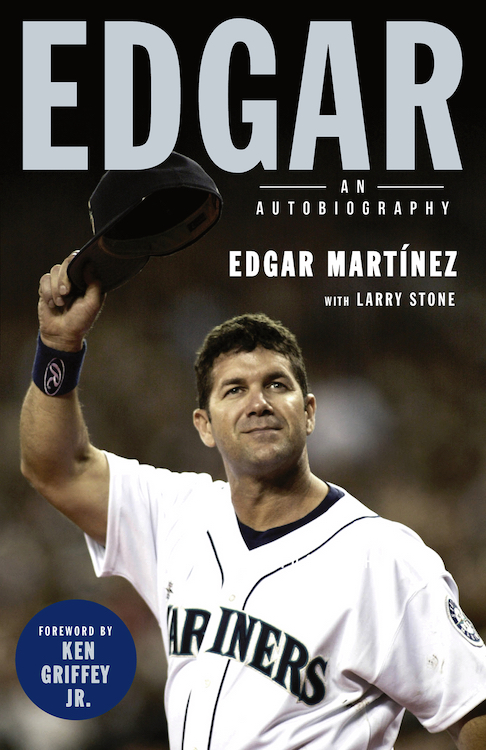Luke Voit Talks Hitting
Luke Voit is expected to come off the Injured List when the Yankees return home on Friday. Out of the New York lineup since the end of July — a sports hernia put him on the shelf — the 28-year-old slugger is currently on a rehab assignment with Triple-A Scranton Wilkes-Barre. His bat looks healthy. Following a shake-off-the-cobwebs 0-for-3 in the first of his four games as a RailRider, Voit has gone 8-for-14, with a pair of home runs, against International League pitching.
He’s already proven that he can hammer big-league pitching. Originally in the Cardinals organization — St. Louis drafted him out of Missouri State University in 2013 — Voit has been an offensive force since donning pinstripes 13 months ago. Acquired in exchange for Chasen Shreve and Giovanny Gallegos, the right-handed slugger has gone on to slash .293/.395/,547, with 33 home runs and a 150 wRC+ in 564 plate appearances.
Voit sat down to talk about his evolution as a hitter prior to Tuesday night’s game against the Pawtucket Red Sox.
———
David Laurila: If I looked at video from when you first entered pro ball, and video of you now, would I see the same hitter?
Luke Voit: “No, you’d see a completely different guy. I used to have a wide stance. My hands were probably in the same spot, but over time they’ve gone from down to my waist almost to where I have like a Gary Sheffield… my hands are moving. For awhile I had a big leg kick. That started working for me, then I slowly… it felt like pitchers were quick-pitching me. Not on purpose, but rather the quicker the guy was to the plate… that’s something I struggled with. That’s when I developed this little leg swing.”
Laurila: When did you make that change? Read the rest of this entry »
